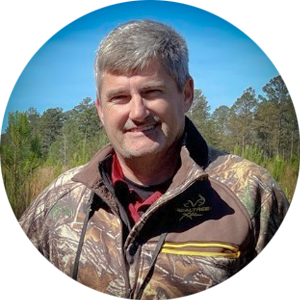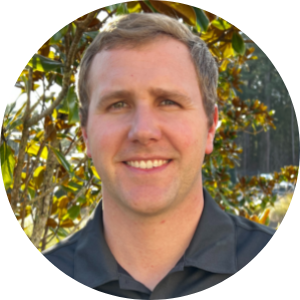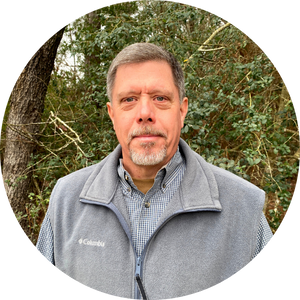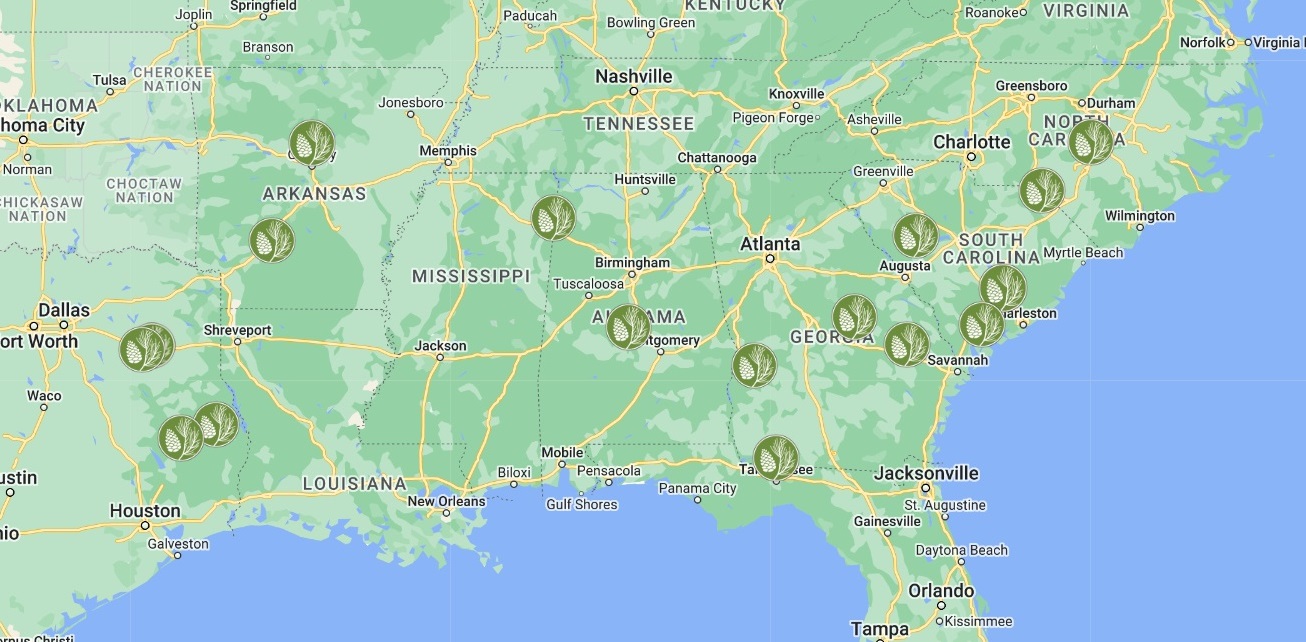Product demonstrations are valuable tools for consumers and end-users in many industries. Perhaps you have seen a product demonstration for electronics or machinery where you can physically see the finished product in person, push the buttons, or “kick the tires”. When you test drive a car, you can feel how the vehicle handles; you can try the seats and see how the dashboard is arranged.
This same idea is possible with your forest tree seedlings. It’s hard to open a box of seedlings and “kick the tires” for future wood yield, disease resistance, and stem quality. Genetic demonstrations, or “demos,” are an excellent opportunity for landowners and foresters to see the differences between the genetic performance levels of families on different soil types. They allow you to see the forest before the seedlings are selected, purchased, and planted on your land.

If you plant small amounts of different families on your land, you wait several years for the trees to grow before deciding which performs the best. Not only that, but you’ve also had to invest the money to plant and manage them in the meantime. This is where ArborGen demonstration plots become very valuable to our customers. We invest in the research, planting, and management for you. Genetic demonstrations of different families allow our customers to see how performance levels correspond to the trees in the field. Some people are data-oriented and want to see the numbers supporting the genetics they select, while others are more visual and prefer to see the differences in a field setting.
Watch 360º Videos of Loblolly Pine Genetics in field trials. Contact your Reforestation Advisor to discuss your specific requirements for your land.
ArborGen installs many acres of field trials each year on different sites to evaluate hundreds of families across the southeastern United States. These trials are designed to provide good statistical information to select the best-performing families for your land. The demos allow customers to view different families or varieties in larger plots, such as in rows or blocks. A landowner can compare families on the same site and envision how that family may grow on their land under their management.
Documented performance scores can be compared to the trees in the field to help landowners connect the gain values to the appearance of the trees. How much should I care about fusiform rust resistance compared to growth or stem straightness? What does a family with a 50% volume gain look like compared to an 80% gain? Demos are planted each year so that we have a progression of plantings at different ages across the southeastern US to allow people to see OP families or MCP® families in a plantation setting before they decide to purchase.













